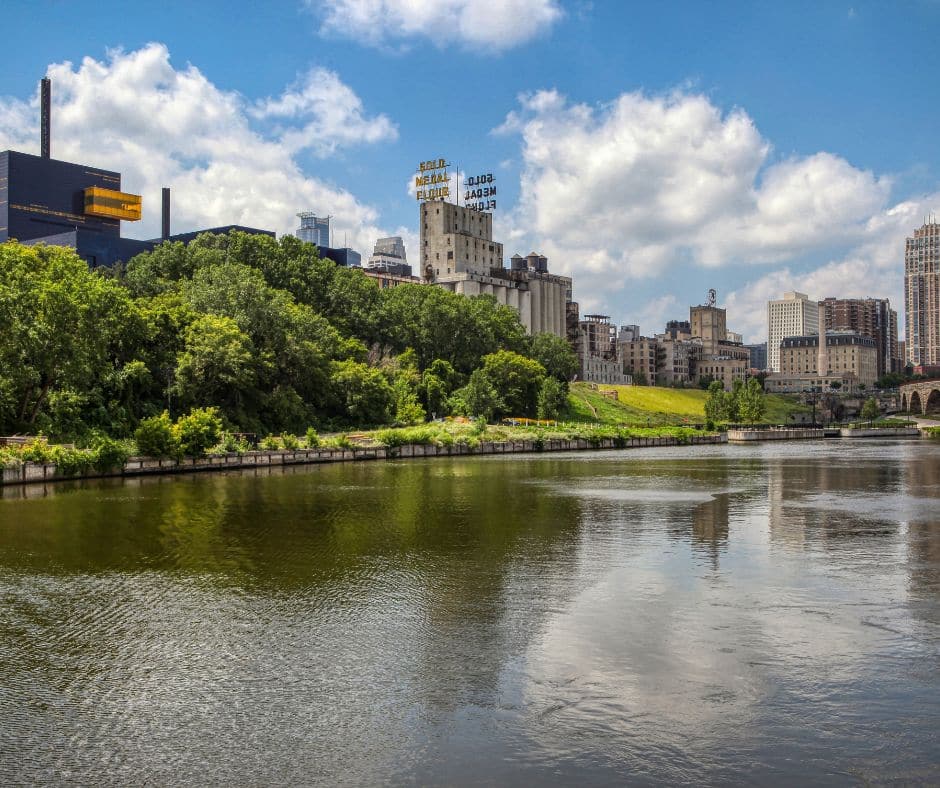
Placemaking sets the pace in senior living communities
Today’s designers and builders connect seniors (and staff) to their environments
The concept of placemaking, creating better cities to live in by pulling from a community’s resources and values, dates back to the 1960s. Though the concept itself is 60+ years old, these days, its focus is turning to people who are 60+, specifically, how to make their senior living environments better places to live. Design and build teams are embracing this concept in all aspects of senior housing, strategizing how to connect residents with their surroundings in ways that enhance their senior living experience while also improving operational efficiencies.
It’s a tall order but one that can make all the difference in your construction project, whether designing and building from scratch or renovating your senior housing facility. Placemaking done well can help you innovate an environment that attracts and retains residents as well as staff. So, how is placemaking taking shape in the senior housing industry? Let’s take a look.
The power of placemaking in senior housing
Adjusting to meet and exceed the expectations of your target market requires constant diligence, and the senior housing industry has experienced major shifts to accommodate the changing preferences of its clientele. As we await the full impact of the “Silver Tsunami,” much of our attention as a design and build firm for senior living environments is focused on the unique preferences and desires of the baby boomer generation. At the same time, the senior housing industry has faced numerous challenges and opportunities in tandem with emerging research, surrounding communities and staffing needs. Here are some ways placemaking is making a difference in these realms.
- Staff break rooms are now being designed and built more thoughtfully, with an eye toward the well-being and retention of staff. Once relegated to the dark corners of the basement or windowless rooms, placemaking breathes new life into staff break rooms. Design teams are considering how best to integrate these spaces for operational efficiencies while providing a space that helps staff rest and rejuvenate. To that end, employee break rooms are better integrated into the design of a facility and owner/developers are investing in spaces that will improve the staff experience. The result: rested employees who are best prepared to deliver the quality care your senior residents need.
- Research shows natural light can be restorative and energizing and work with the body’s natural internal clock, which can benefit both staff and senior residents. It’s no surprise that architectural designs increasingly use natural light for indoor spaces. In addition, thoughtfully designed outdoor spaces are commanding attention and have become more important than ever to senior living communities. The goals are several-fold: lower stress among staff, a better sense of well-being for all, improved cognitive function for residents, and more physical activity.
- Design teams are considering context now more than ever before. That starts with understanding the community where the senior living facility is being constructed. For some developers, that may mean incorporating an architectural style to help the facility blend in with its community. It’s also important to assess the nearby amenities and what might be considered convenient within the senior living environment to make residents’ lives easier and add value for staff. Developers may want to consider daily needs such as restaurants, fitness facilities, transportation, grocery stores, salons, cinemas, and gathering spaces. Working with a design and build team can help you focus on what your residents need and appreciate most.
- What residents sought 30 or 40 years ago vastly differs from what they seek today. The good news is that placemaking is also possible within existing facilities that may come up short when measured against the wish list of the incoming class of seniors. If you own a senior living community in Western Wisconsin or Rochester, MN, that could benefit from a substantial remodel, our design and build team can help you make the most of the space you have while incorporating amenities and features that will attract the attention of the modern senior housing consumer. We can even help you convert spaces to new uses that are in demand or generate more revenue.
Ready to build or remodel your senior living community in Wisconsin or Minnesota?
The senior housing landscape is constantly shifting, and these days, developers have their eyes on the ballooning population of retirees heading our way. Positioning your senior housing well requires careful consideration of the next generation of seniors as well as operational and staffing matters. Working with a trusted design and build team can streamline your commercial construction process and ensure everyone working on your project shares the same vision for a senior living community that has its place secured in the minds of your future residents.